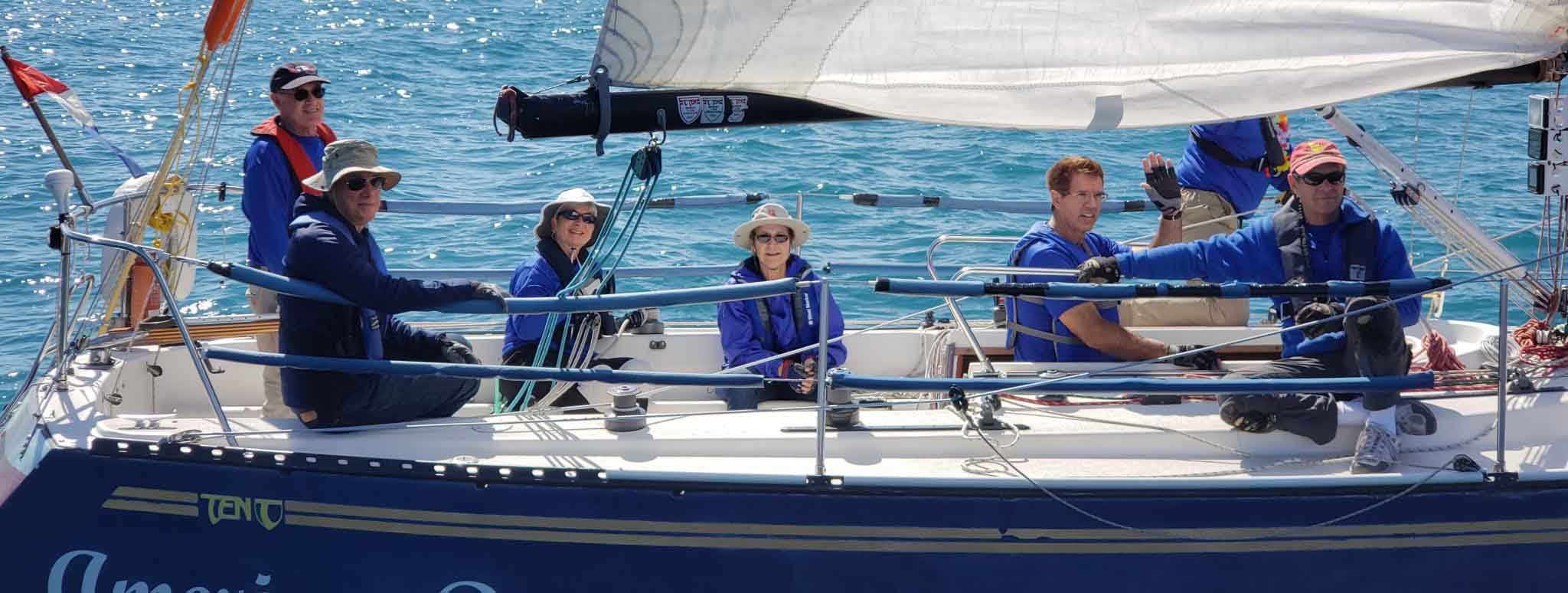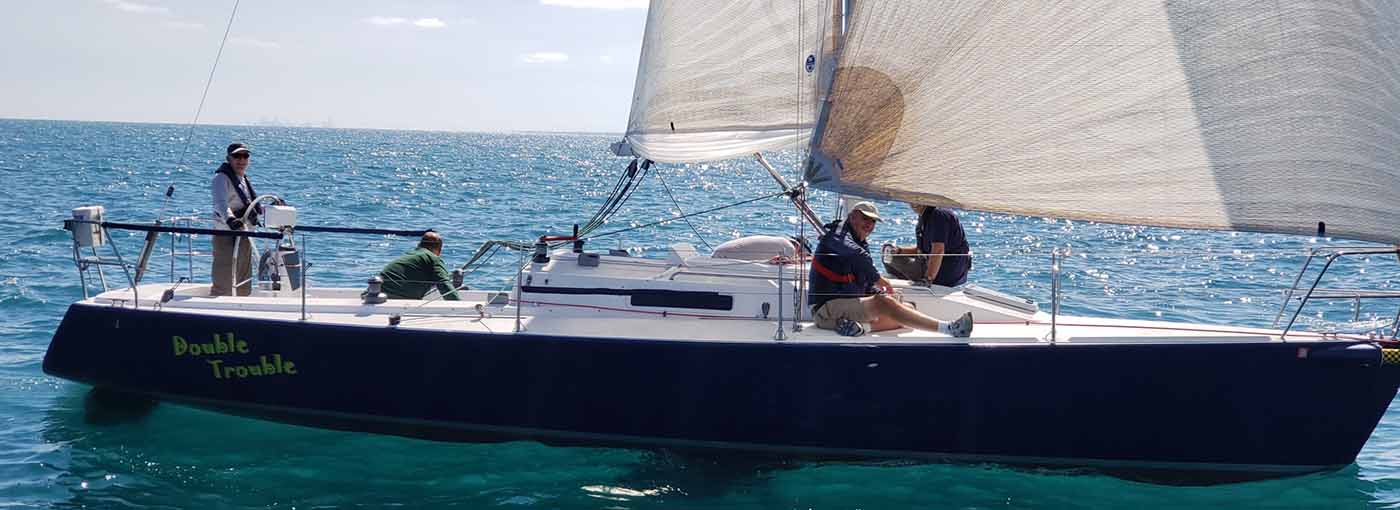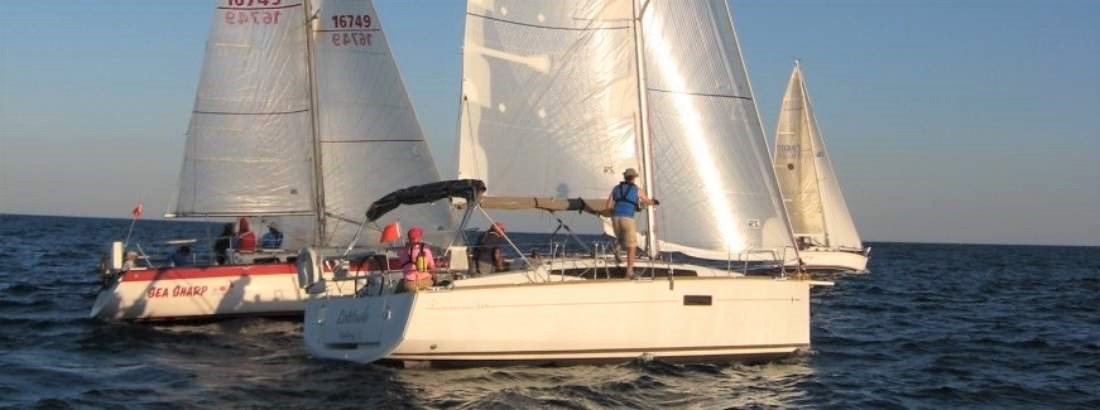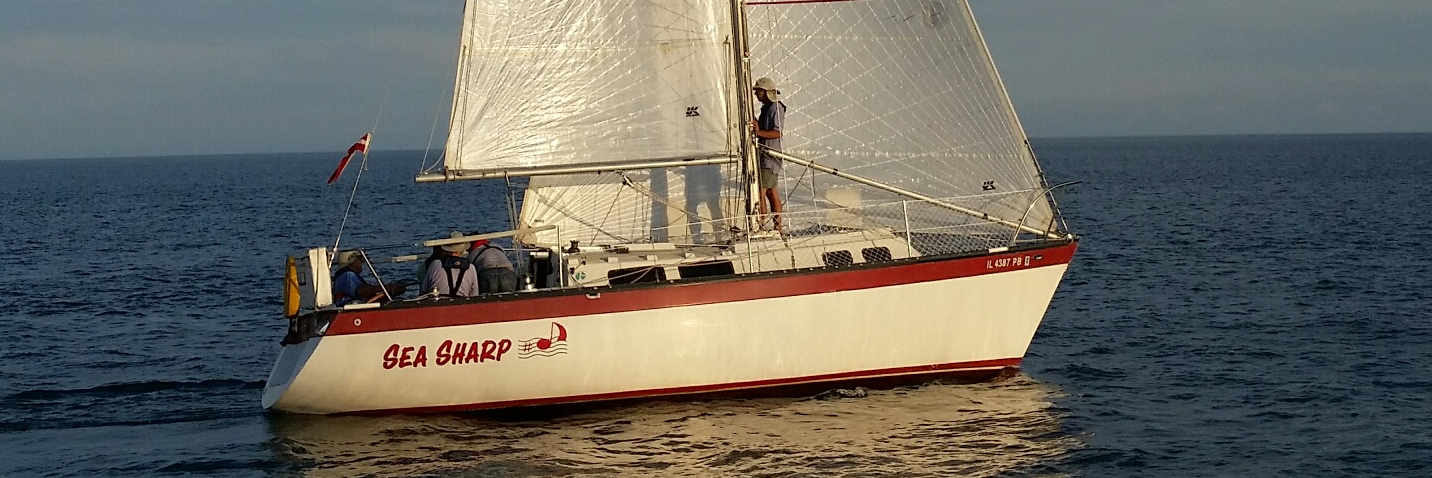Cambodia's Temples
November 12, 2005
Thailand, Cambodia and Laos
We have just returned from a two-week skim across some of the SE Asian countries. We made it to Laos and simply ran out of energy and patience to continue any farther. It is a shame that we did not see more of Laos and never even got to Vietnam, but it is foolish to continue when it stops being fun and becomes “work” to go on. Jane was also a bit concerned about the bird flu…not that we might be exposed to it, but rather, that the threatened mutation to humans might cause the closing of borders for quarantine purposes. Then we would be separated from Satori with no way to return. Perhaps we pushed too hard in deciding to go on this trip less than three weeks after our return from the trip to China. We did, however, look forward to traveling with a cruising couple from New Zealand that we like very much…Ian and Wendy Telford from the yacht, Remedy. They were eager to get started. The second reason was the scheduled demise of our credit cards (our main source for cash in foreign countries). They are due to be renewed at the end of November. We planned to finish the trip and return to Satori before that date.
We had a lovely day in Singapore prior to our flight to Bangkok. The Indian holiday season of Deepavali is approaching. Indian Town is decorated brilliantly and the city is offering free-bee’s to foreigners. The four of us got our free Henna drawings on the backs of our hands (see photos later) and ate a very nice free meal in Arab Town.
Singapore is a lovely city! We were all quite disappointed in Bangkok. We knew that it would be crowded, but it is also noisy, polluted and has an extremely poor infrastructure making it difficult to get around the city. The food, however, is magnificent! There were several errands we need to do and all were happy to plan to move on ASAP.
Sander has always wanted to have some plastic surgery done on his eyelids. An extra amount of skin on the lids has given him that sleepy and sexy look, but enough is enough as they were starting to limit his field of vision. Our Hong Kong friend, Dr. Sally Levy, assured us that Bangkok is the place to have the surgery done as they host the rich and famous from around the world in the plastic surgery field. Sally was “right on” with her advice. We telephoned the Yan Hee Hospital and were connected to a young lady who spoke good English. She asked if Sander wished to come that very day or the next day for the surgery. Armed with the equivalent of $450 US we took a cab the next morning and by noon, Sander had a new pair of eyelids. Jane sat in the lobby waiting for the patient and watched the people file through into and out of the little cubicles. It seemed that a full 80% of the patients were beautiful slim young women. What they possibly hope to improve about their looks?! There will be “before and after” shots of Sander’s eyes on the website.
All four of us walked to the Vietnam Embassy to apply for our visas (ours was never to be used). We knew where it was supposed to be, but would have missed it if we had not been seriously looking for it. There was an old metal doorway marked above with “Embassy of the Socialist Republic of Vietnam” (photo on the website). Directly across the street is the US Embassy, probably a block in size. The beautiful grounds are surrounded by a mote and subsequently by a 6’ high chain-link fence (photo on website). We marveled at the arrangement of the two considering our recent involvement.
On the fourth day in Bangkok, we were ready to leave for Cambodia and the rather small town of Siem Reap where we would find the ancient temples of the Angkor period of history. The ride to the border of Cambodia was in a large A/C bus. Although we had been gently warned of the bad road in Cambodia, we were to have a big surprise awaiting us. After clearing immigration we were ferried by twos in a tuk-tuk to the bus station (of sorts) where we would find our transport for the rest of the trip. A tuk-tuk is a small covered cart which is hitched to a motorcycle driven by a 2 cycle engine – often without a muffler. The terrible noise of the engine gives the conveyance its name. We had been told that arrival in Siem Reap could be about midnight. On the wall of the “bus station” there was a Cambodian map showing a distance of 150 km (90 miles) remaining to our destination. How could it possibly take another 9 hours?! The road was absolutely the worse road we have ever traveled on…including the roads of Ecuador and Bolivia! It was a mud road full of huge potholes. Photos that are on the website were taken through the window of the minibus, but they will give you a good impression of the terrible mess. At one point we were brought to a standstill on the road. There was a large truck stuck in the middle of the road. A bus had tried to pass the truck coming towards us and it had gotten stuck. They had tried putting rocks directly in front of the bus with no luck. There are some good videos on the website that will show you the situation and will (miraculously) show our escape! The tourists on the other bus did not fare as well. Arrival in Siem Reap was indeed at midnight. We were very tired, very dirty but very relieved to have that part of our trip finished!
Angkor covers an area of 200 sq km (77 square miles) in NW Cambodia. The word “Angkor” is derived from the local word for “holy city”. This area was a political center for the Khmer Empire of the 9th to the 15th centuries AD. The date of 802 AD marks the independence of the Khmer state from Indonesia. After that date a succession of 39 kings organized the building and decorating of the numerous temples throughout the area. The building materials used in the temples were timber (obviously very little of this remains), brick, stucco, sandstone which is ideal for carving and bas relief, laterite for the foundations, metal (gold, bronze and copper) and fired clay tiles. The blocks of sandstone were cut from the quarry face, floated down the river and then transported by elephant and/or oxcart to the site. Bamboo pegs were driven into specially prepared holes (in our photos you will notice small round holes in the stones) – two sets of holes to a block – and linked by ropes. The blocks could then be hoisted into place using tripods, levers and pulleys. Only after the blocks were in place did the artisans start their carving and bas-relief work. You will notice in the photos that time has moved some of the blocks and that the carvings do not always line up.
The best known of the temples is Angkor Wat (the Thai name for a temple) built from 1113-1150 AD. Encompassing 500 acres and completely surrounded by a mote 200 meters wide, it is the largest of the temples and, by far, the grandest. The perimeter of the enclosure wall measures 3.5 miles. The highest point of the temple is 65 meters from the ground but it seems higher, achieved by using three successive platforms to support the highest tower. I can give you all these numbers to give you an idea of the scope of Angkor Wat, but seeing is the best way to experience. Our photos are not the quality of many we have seen, but we hope that they will give an impression. Jane’s favorite temple was Banteay Srei, one of the oldest from the last half of the 10th century, enchanting in its small size and its excellence of decoration. The temples of Ta Prohm and Ta Som are a photographer’s dream. To quote from McDonald’s “Angkor and the Khmers”: “So the temple is held in a stranglehold of trees. Stone and wood clasp each other in grim hostility; yet all is silent and still, without any visible movement to indicate their struggle - as if they were wrestlers suddenly petrified, struck motionless in the middle of a fight. The rounds in this battle were not measured by minutes, but by centuries.” We spent two days in very hot sun rambling about the temples. All of us felt quite grateful to climb into our tuk-tuk (hired for the day) and be carried to the next temple. We actually had a third day on our pass but chose not to use it as we suffered from temple-exposion. We would head on to Phnom Penh, the capital of Cambodia.
Continued


































